Rolling hills, charming Medieval villages, olive groves, and simple but mouthwatering cuisine—if you think I’m describing Tuscany, you’re mistaken. This is Umbria, sometimes called Italy’s green heart, and it’s absolutely worth visiting. One of Italy’s only landlocked regions, Umbria is geographically right in the center of the country, with Lazio to the southwest, Tuscany to the northwest, Emilia Romagna to the north, Le Marche to the east, and Abruzzo to the southeast.
Umbria is still fairly under-the-radar, but it’s becoming more famous thanks to high-profile hospitality projects like Castello di Reschio, a gorgeous luxury hotel inside a thousand-year-old castle on a massive estate owned by a count, and Vocabolo Moscatelli, a new member of Design Hotels in a restored 12th-century monastery. I’ve visited Umbria several times over the years and am always happy to go back.
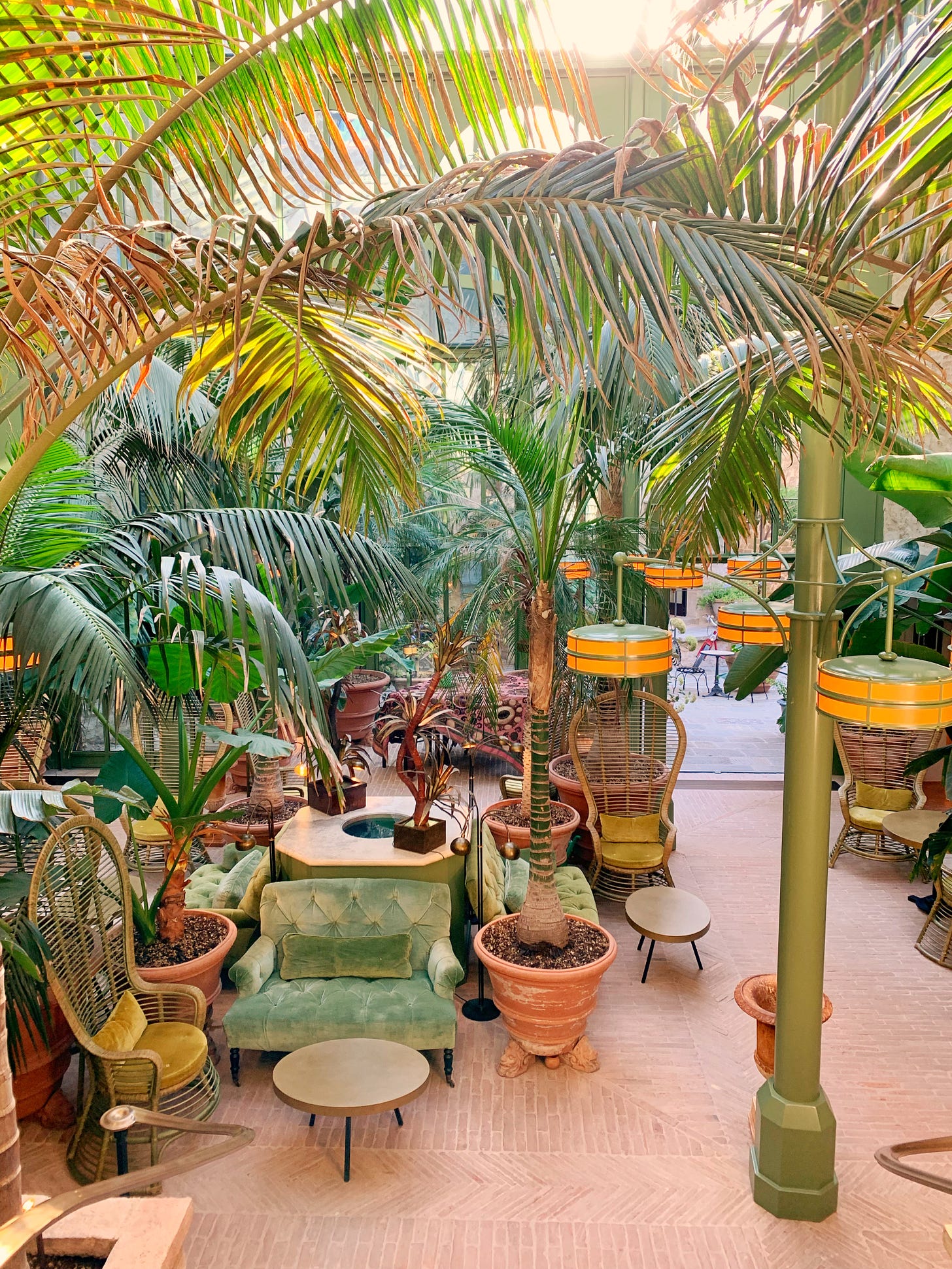
Historically speaking, Umbria was part of the Papal States from the Middle Ages until the unification of Italy in 1861. Perugia, in particular, became extremely prosperous during the Middle Ages because of its incredible textile industry, which was famous throughout Europe. But when the Perugians rebelled against the papal salt tax in 1540, Pope Paul III sent his army to subdue them. As punishment, he forbade the production of textiles for commercial ends, thus thrusting Umbria into a terrible state of poverty. That’s why many of the region’s Medieval villages feel frozen in time—they essentially were.
Umbria’s cuisine tends to be simple, much like the cucina povera you’ll find in Rome and rural regions such as Tuscany. However, Umbria is famous for two epicurean delights: black truffles and chocolate. While the highly prized white truffles are mostly found around Alba in Piedmont, black truffles can be found all over Umbria and appear on menus throughout the region. Unlike white truffles, black truffles are available year-round, so no matter when you visit you’ll be able to try them.
On my most recent trip, I had tagliatelle al tartufo nero at Trattoria Volpelli, a no-frills spot near Vocabolo Moscatelli, where Marco and I were staying, and caciottina al tartufo nero (gooey melted cheese topped with ribbons of black truffle) at Osteria a Priori, a slow food restaurant in Perugia.
Perugia is also famously the home of Perugina, the company that makes baci chocolates. You can visit their Casa del Cioccolato, which comprises a museum, school, and shop, but I decided to skip it and go to the artisanal shop Augusta Perusia instead, thanks to a tip from my Assisi-based colleague Rebecca Winke. Their hot chocolate is thick, rich, and delicious, and you can’t go wrong with the pralines and chocolate bars.
To learn about Perugia’s aforementioned textile industry, plan to visit the Museo Atelier Giuditta Brozzetti, one of the last remaining textile workshops still producing traditional Umbrian textiles using 18th and 19th-century looms. This fourth-generation workshop is run by Marta Cucchia and is located in a deconsecrated church just beyond the main attractions of Perugia’s historic center. Stay tuned for an interview with Marta in an upcoming issue.
Of course, Perugia is just one of the cities worth visiting. One of my favorite Umbrian cities is Orvieto, a charming Medieval town perched high on a hill within day-tripping distance of Rome. If you take the train, you’ll ride the funicular up to the top of the hill to reach the historic center. The main thing to see is the Duomo, Orvieto’s Gothic cathedral, which is beautifully decorated both inside and out. You could also do a guided tour of Orvieto’s underground, which I hope to do on a future trip.
Other than that, just stroll around the charming town, popping in and out of the many little boutiques. One of my favorites is L’Arpia, which sells beautiful hand-made ceramics inspired by traditional Umbrian motifs reinterpreted with a modern lens. I highly recommend a long, lazy lunch at Trattoria La Palomba—just be sure to book ahead, especially on weekends.
Other Medieval towns you might want to visit are Assisi and Todi. Assisi is famous for the Cathedral of Saint Francis of Assisi, a pilgrimage site for Catholics that’s worth seeing even if you’re not religious. Go to admire the incredible 13th-century ceiling frescoes painted by Giotto when he was in his twenties. Just under an hour away in Todi, there’s Borgo Petroro, a hotel in a Medieval borgo where renowned chef Oliver Glowig runs a destination restaurant for fine dining using local ingredients.
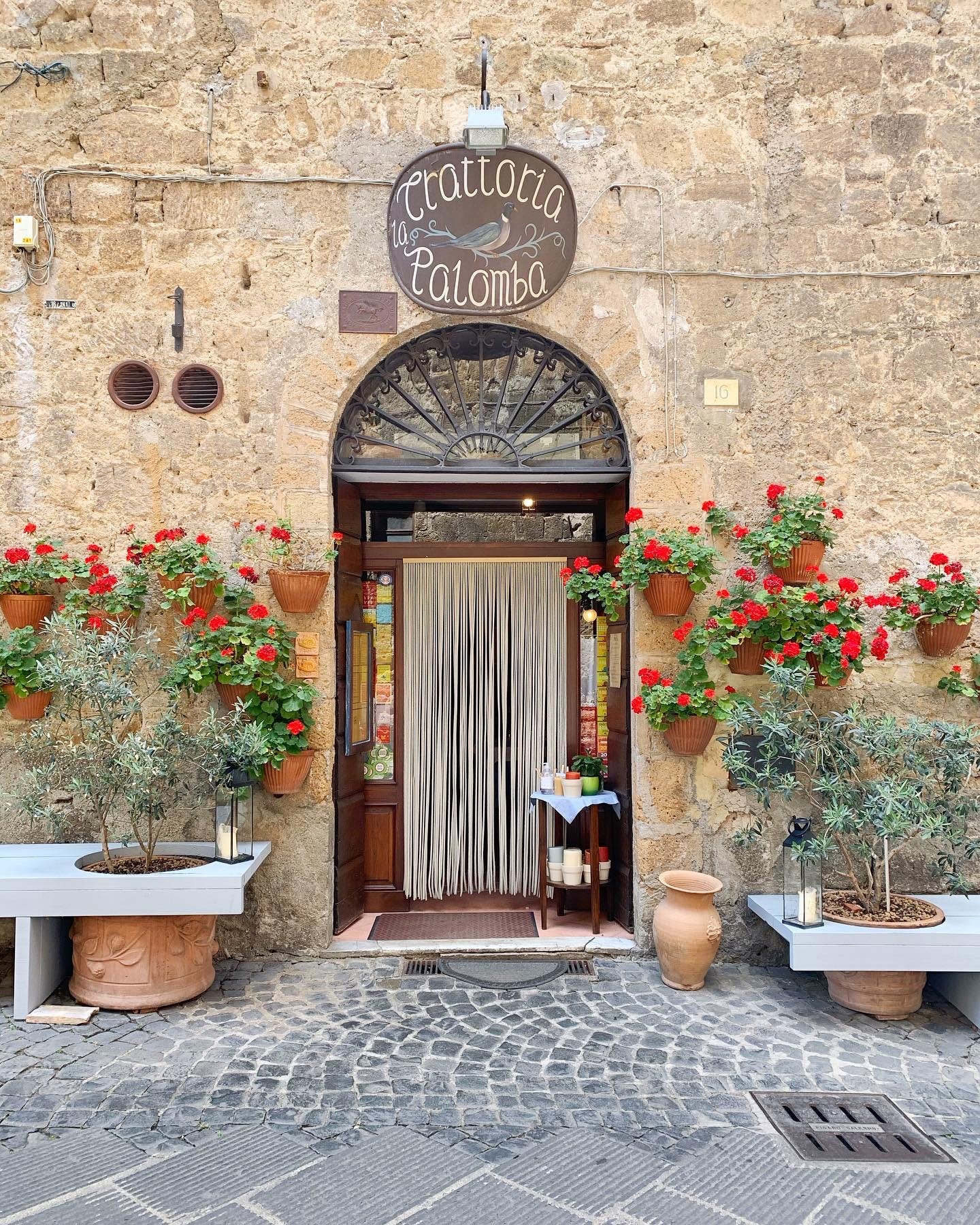
In the future, I hope to visit Deruta, a town famous for the production of artisanal ceramics. I’d also like to visit Spello, classified as one of the borghi più belli d’Italia (most beautiful villages in Italy) for its flower-covered balconies and the Infiorate di Spello, a major flower festival that will take place June 10-11 this year. And Montefalco is famous for its vineyards and wineries. Most cities and towns are accessible by regional or InterCity trains, but Umbria is also ideal for a road trip, especially if you want to visit wineries and more rural areas.
Want more tips for Umbria or other places in Italy? Reply to this email or leave a comment. I love getting questions and comments from readers! I might even dedicate a whole issue to answering your question.
Further Reading
In case you missed it, I included Umbria as one of the 23 places in Italy to inspire your 2023 travels in issue #14 of this newsletter.
To read more about Castello di Reschio, check out this article I wrote for L’Officiel, which ran as a four-page spread in print and was translated into Italian for the magazine’s Italian edition.
During my most recent trip to Umbria, I stayed at Vocabolo Moscatelli, a new design-savvy hotel in a restored monastery, and wrote about it for Nuvo.
L’Arpia was one of the workshops featured in my guide to Italy’s many styles of hand-painted ceramics for House Beautiful.
To learn more about Umbria’s famous truffles, check out issue #11 of this newsletter.
Want to plan a road trip to Umbria? Check out my tips for driving in Italy, published as issue #18 of this newsletter.


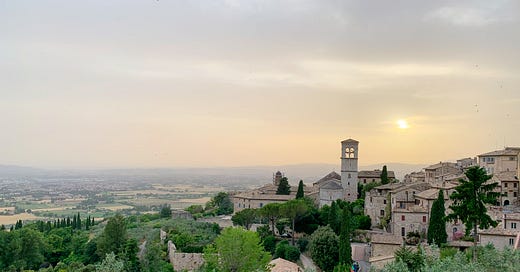



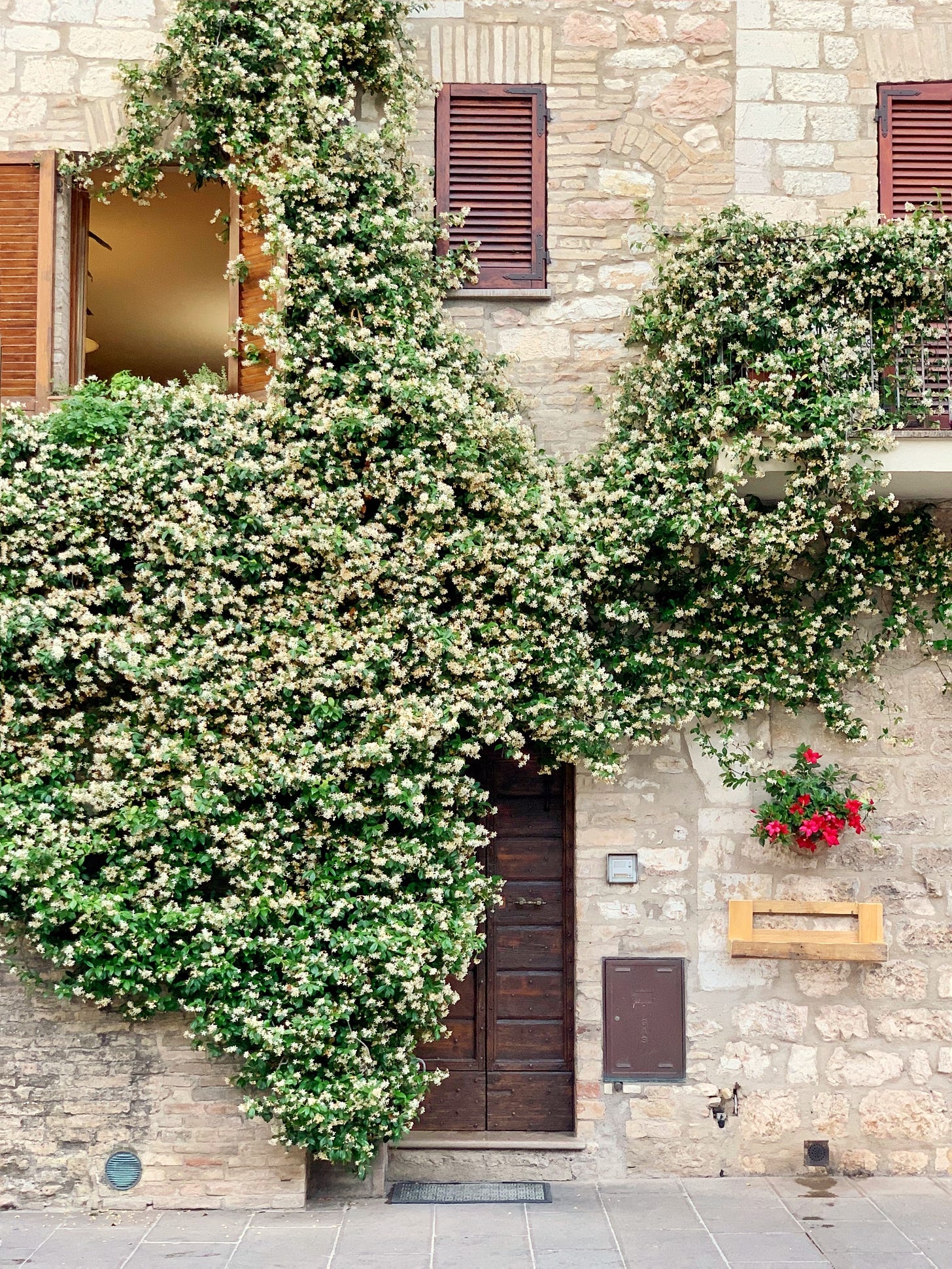
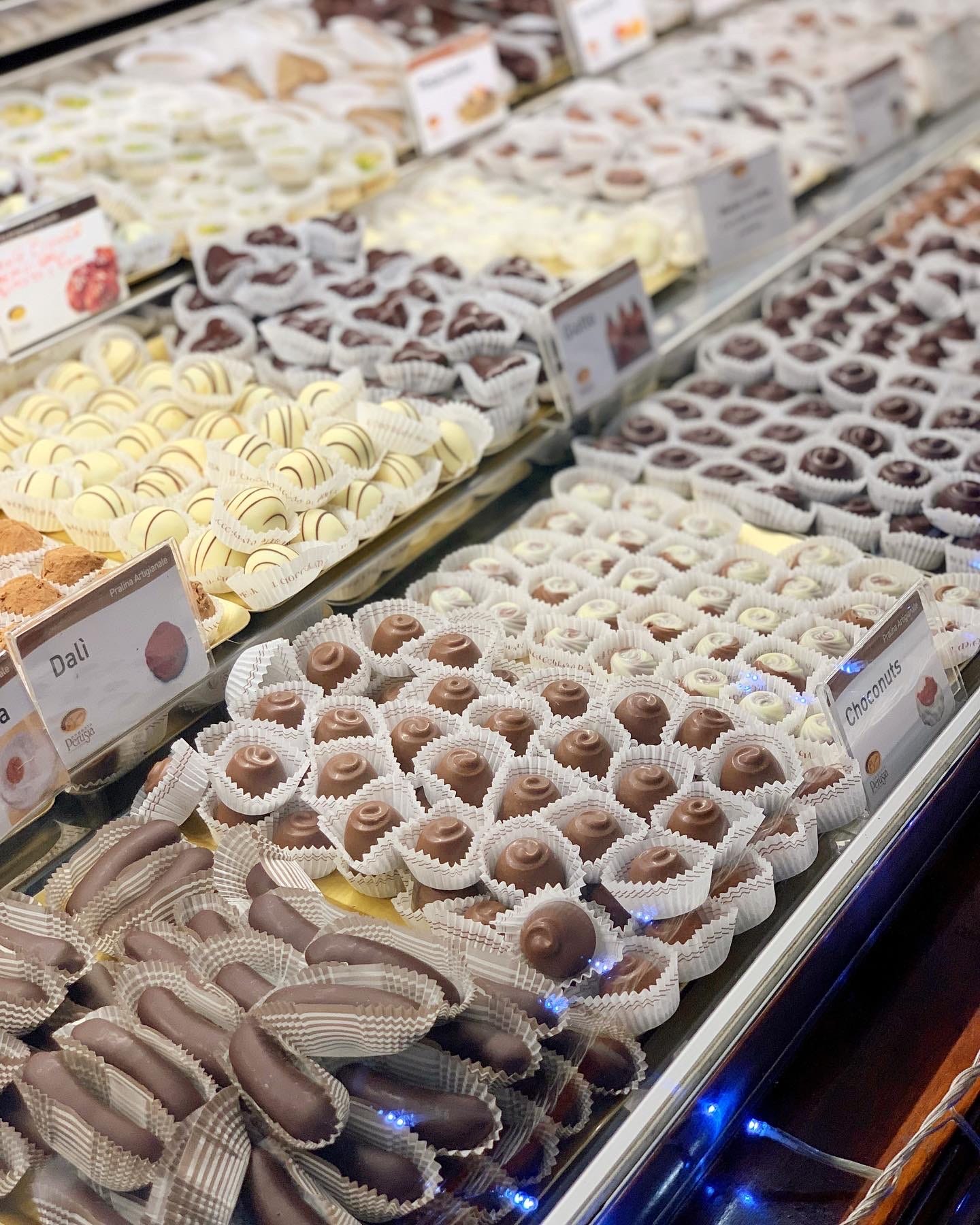
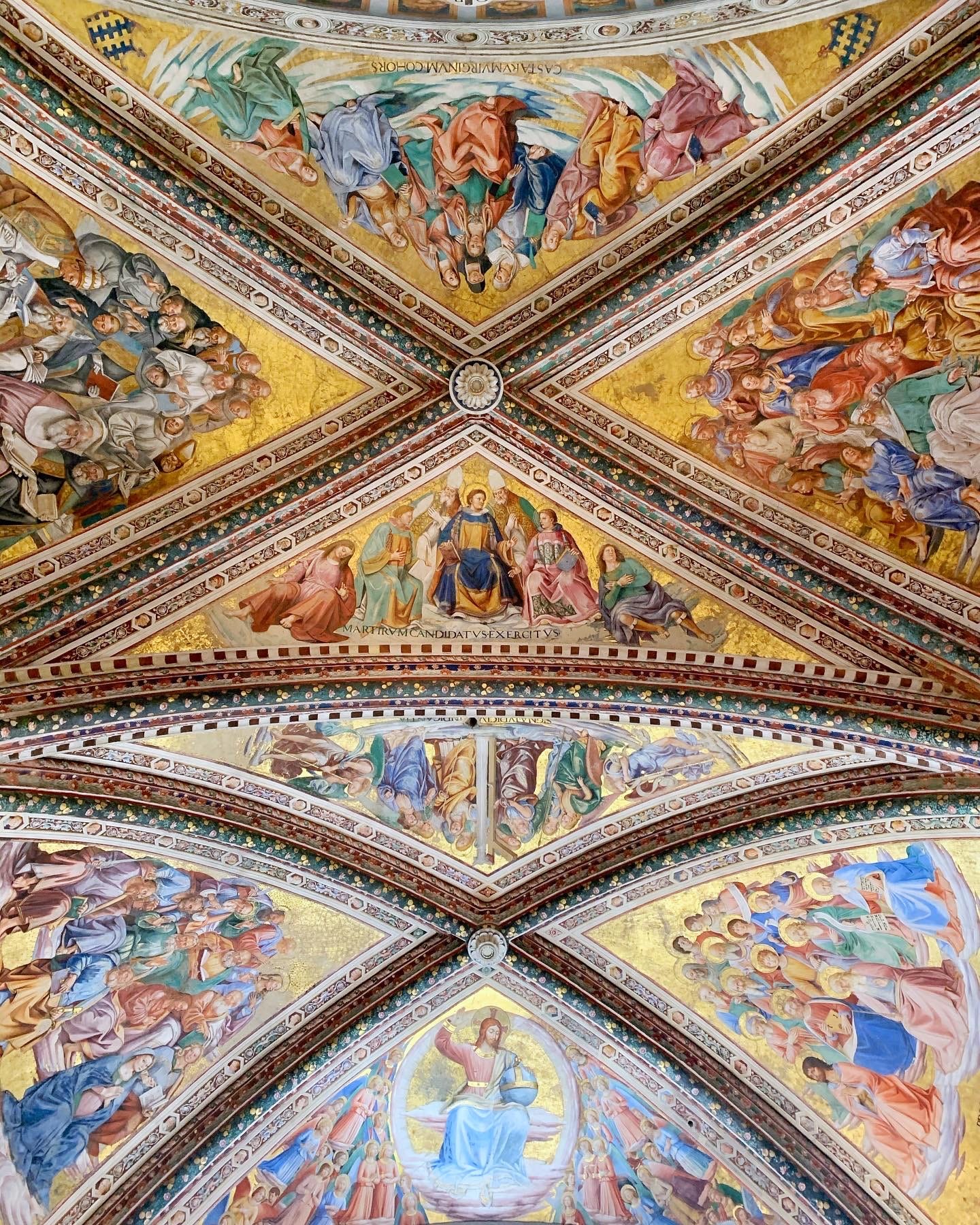
It is hard to have a favourite region in Italy as they are all so distinctive and amazing, but your article reminded me why I love Umbria and need to return to explore the parts I didn’t reach. Thank you.